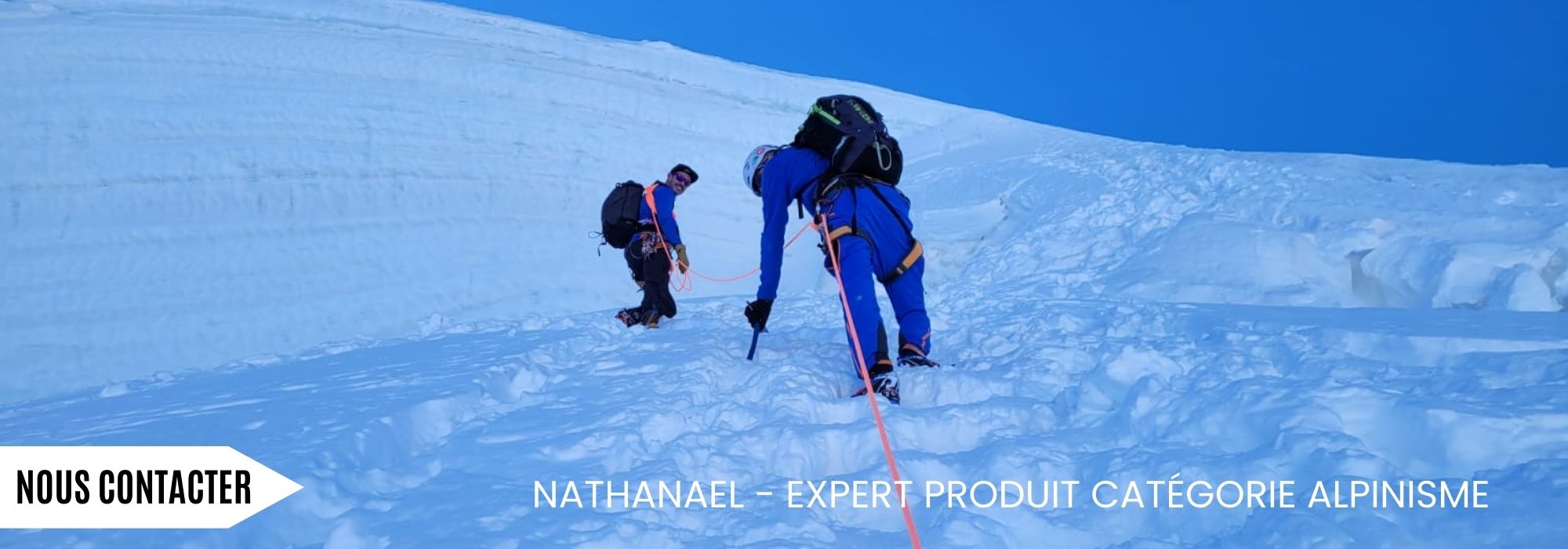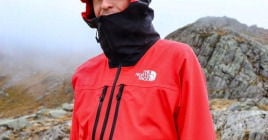Mountaineering requires both a good physical preparation, combined with a good knowledge of the high mountains and technical training. The clothing you wear must be good enough to withstand the extreme conditions and not impact your comfort and performance. 
Breathable and insulating mountaineering clothing
To resist the cold in mountaineering, several layers of clothing are necessary. On the upper body you need at least three layers and on the lower body at least two layers.
Choose thermal and breathable underwear because in the active phase they help you to evacuate perspiration and in the passive phase they prevent you from losing the heat produced by your body. It is therefore essential to choose your t-shirt and thermal tights carefully.
As for the second layer, the upper body must play an insulating role. A fleece jacket or down jacket is therefore ideal for mountaineering.
- ORTOVOX WINDBREAKER MOUNTAINEERING JACKET
- MILLET TRILOGY HYBRID ALPHA HOOD JACKET
- ORTOVOX WESTALPEN SWISSWOOL HYBRID FLEECE JACKET

Choosing clothing that protects you effectively
Protective clothing is an essential part of mountaineering. Choose Hardshell rather than softshell.
DID YOU KNOW?
 |
Jackets and overpants designed in 3 layers are the most technical, robust and efficient for mountaineering. Their membrane is located between the outer fabric and the inner lining. Indeed, they resist abrasion, which is an essential feature when you move against the rock. In addition, they are waterproof to withstand all weather conditions. |
For maximum protection, make sure that the jacket has reinforcements in strategic places, that it has ventilation zips and that its hood is adjustable and compatible with the wearing of a helmet.
For the pantsthe knees must be preformed to allow better freedom of movement. The gaiters are also essential because they allow to close the pants on the shoe.
- ORTOVOX WESTALPEN 3L LIGHT PANTS
- MILLET TRILOGY TRILOGY GORETEX DENIM BIB PANTS
- ORTOVOX 3L ORTLER PANTS

Protecting the body's extremities
Protecting the extremities of the body is not an option when mountaineering, as these parts of the body are the most exposed.
ADVICE FROM THE PRODUCT EXPERT:
Protecting your head and especially your ears is also important. Hats are usually made of merino wool, synthetic or hybrid materials. Wearing an under-cap or balaclava under your mountaineering helmet is also key to avoid losing heat.
Finally, socks and shoes must be adapted to your activity. The shoes especially dedicated to mountaineering allow a good grip on the ground and must be chosen with care.
TO REMEMBER :
- - Choose warm, breathable, light clothing, but especially resistant to abrasion.
- - Your clothing completes your basic equipment (ice axe, crampons, helmet...) and allows you to evolve in the high mountains in the best conditions.
- - In mountaineering nothing should be neglected, every detail is important
.jpg)






































.jpg)





